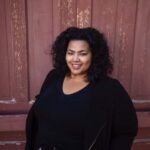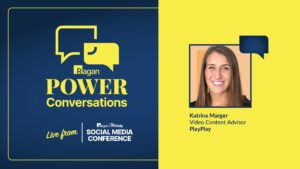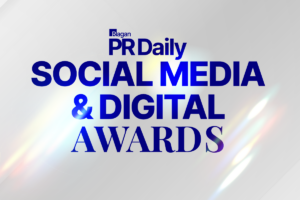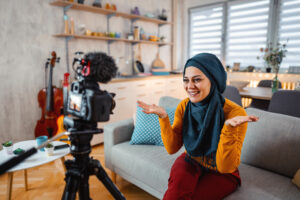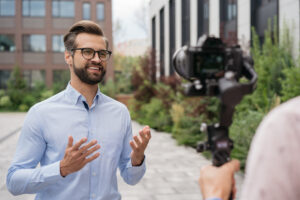How Burrell College harnessed a video storytelling strategy to humanize the brand and strengthen its media partnerships
Sidney Alvarez of Burrell College of Osteopathic Medicine shares insights on video storytelling, successful partnerships, and owning the narrative.
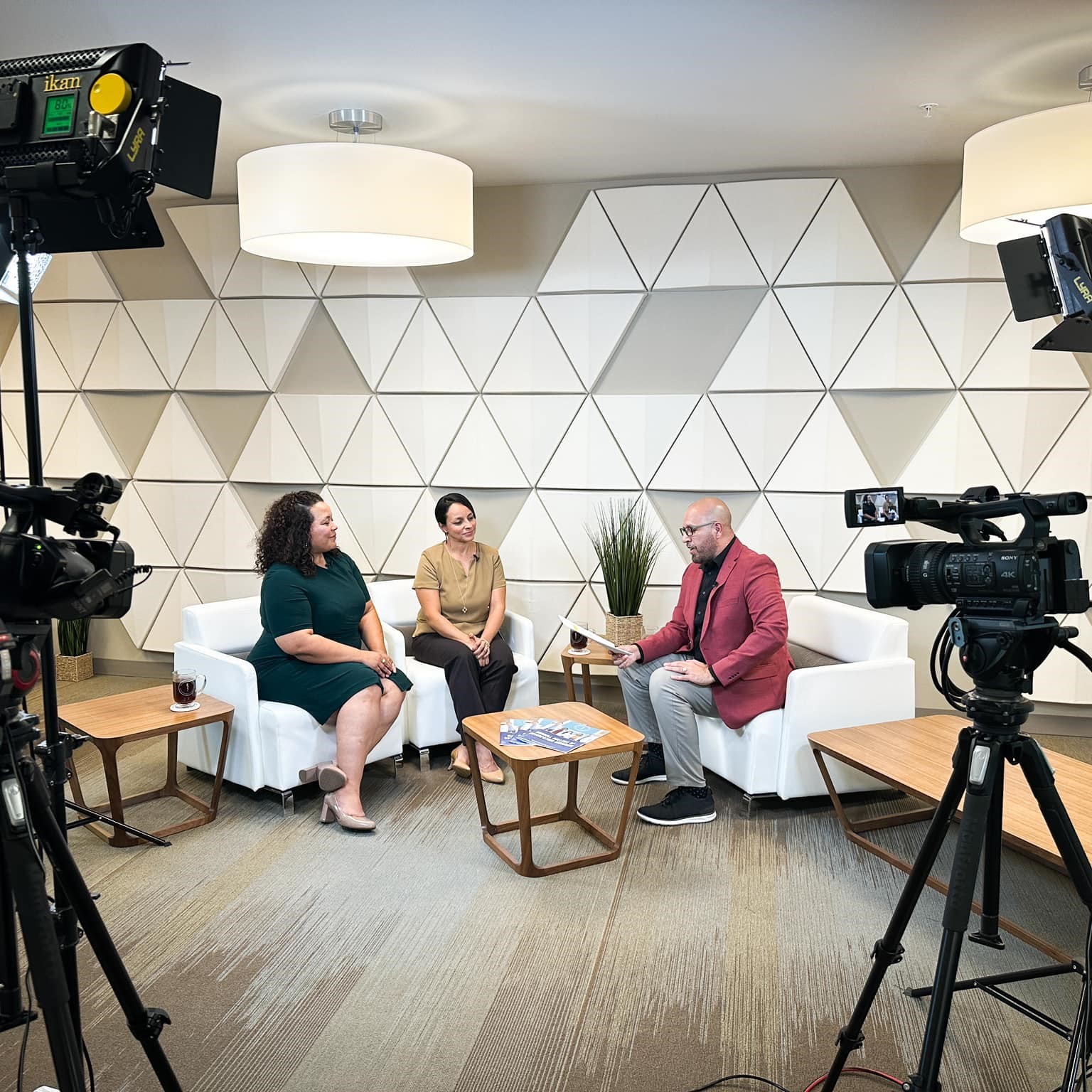
Burrell College of Osteopathic Medicine
What’s more empowering than reading your own story? Sharing it to connect with others.
For Sidney Alvarez, director of marketing and communications at Burrell College of Osteopathic Medicine, video storytelling is core to what he does every day. “I use my broadcast journalism background to create content that helps us take control of our narrative and humanize our brand,” he said.
Alvarez employed his video storytelling strategy to enhance the college’s narrative through a weekly series on KTSM-TV that features student doctors and faculty discussing various medical issues. Collaborating with Nexstar Media extends the series’ outreach, guaranteeing that its insights reach a wider audience, beyond the traditional TV spot.
“This was an opportunity to introduce our students and faculty to the concept of working with media,” said Alvarez.
The weekly series also led to the creation of “The D.O. Pulse”, a 30-minute video podcast that offers insights into osteopathy, health tips, education and more. Each episode is divided into three 10-minute segments and shared across the college’s social media platforms.
Alvarez spoke with Ragan about how owning and controlling the narrative through strategic storytelling strengthens brand identity and lays the foundation for future partnerships.
Responses were lightly edited for clarity.
How did “Expert Tips From Your Student D.O.c,” come about and what role did the media partner play?
Though we are a local med school in New Mexico and Florida, most of our students are from out of state. Like most marketing budgets, ours is limited and it is challenging to spend dollars locally, regionally and nationally. I wanted to create a marketing strategy that allowed me to spend regionally while still utilizing traditional public relations strategies locally.
The college’s “Expert Tips From Your Student D.O.c” is my local public relations initiative. Partnering with a local news media outlet for our regional initiatives opened the door for a local public relations opportunity.
What did you envision as the result of this partnership?
I wanted to create an initiative that would help educate our local region about our med school and offer community health tips while allowing our student doctors to learn about working with the media.
Can you elaborate on the strategies to monetize “The D.O. Pulse” show, including details on securing sponsors?
“The D.O. Pulse” is the fourth show I’ve created in my career. I’ve learned that each organization has a specific set of demographics they reach, and some other organizations/partners can benefit by reaching this same population. I’ve created a product that promotes our brand while making it attractive for other brands to want to partner with.
While searching for sponsors/advertisers, I always turn to the low-hanging fruit first. In this case, any vendors that we already work with as an organization. After all, if we are already spending money with a vendor, negotiate with them so they in turn spend money on you as a sponsor or advertiser.
How do you use social media platforms to maximize the reach and engagement of “The D.O. Pulse” content?
Our full 30-minute show gets released, however each segment is about a different topic, garnering its own opportunity for social media release. This allows me to use different strategies and continue promoting our brand with three different topics. It is also an additional opportunity to tag or collaborate with different doctors, hospitals or community organizations – all within the same show.
What is the big takeaway from this strategy that led to success with giving student doctors opportunities and educating the public?
Media training and health communications have never been more prevalent. COVID-19 had our medical communities utilizing traditional media interviews, outreach, and social media strategies to communicate to the public. In many instances, our doctors and medical leaders were the expert voices during this global pandemic within our rural and urban communities.
The big takeaway is teaching our future doctors to be media savvy and to help them understand how to take control of their narratives and share their knowledge with the communities they serve. “Expert Tips From Your Future D.O.c” and the D.O. Pulse are platforms to help our doctors navigate the world of media.
What tips would you share with someone if they wanted to do something similar?
Just do it, there is nothing holding you back. Our show is a two-person crew, our videographer and myself. The topics are never-ending, and production is as elaborate or simple as you desire. Getting executive buy-in is easier than you may think. These shows are about taking control of your narrative and humanizing your brand.
Learn more about this topic and other relevant topics by joining us at Ragan and PR Daily’s Media Relations Conference on June 5-6 in Washington, D.C.
Isis Simpson-Mersha is a conference producer/ reporter for Ragan. Follow her on LinkedIn.

